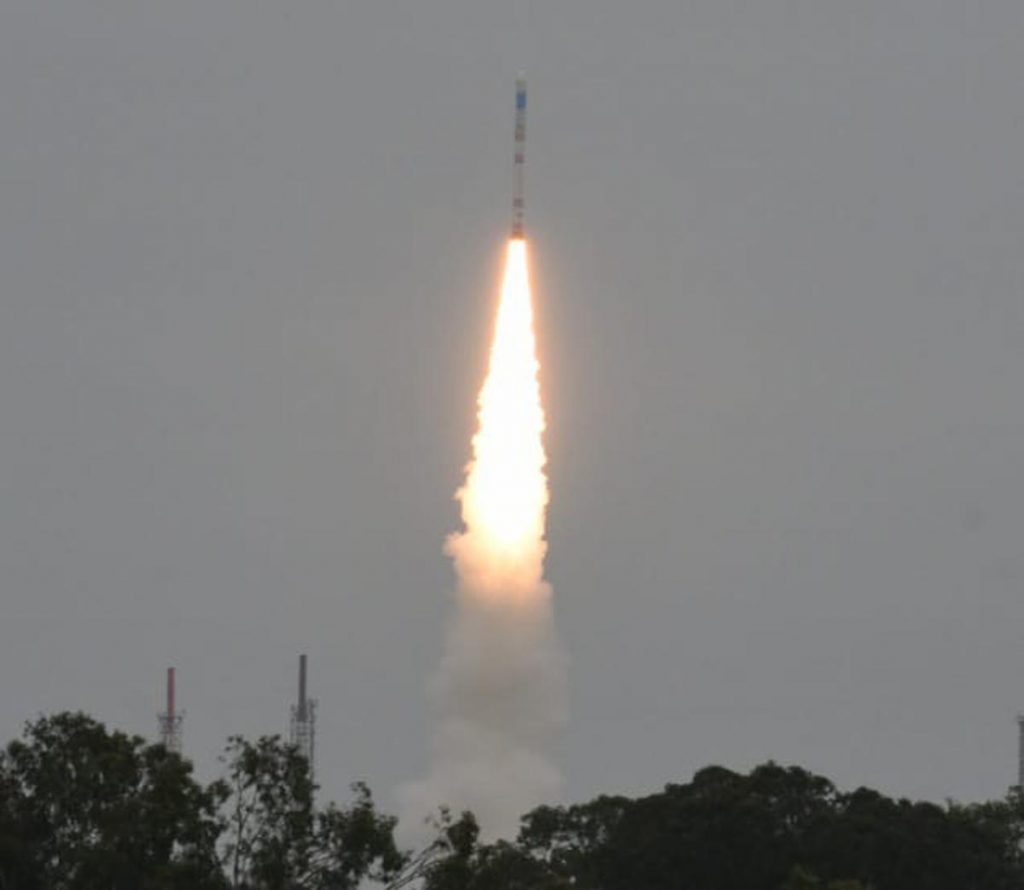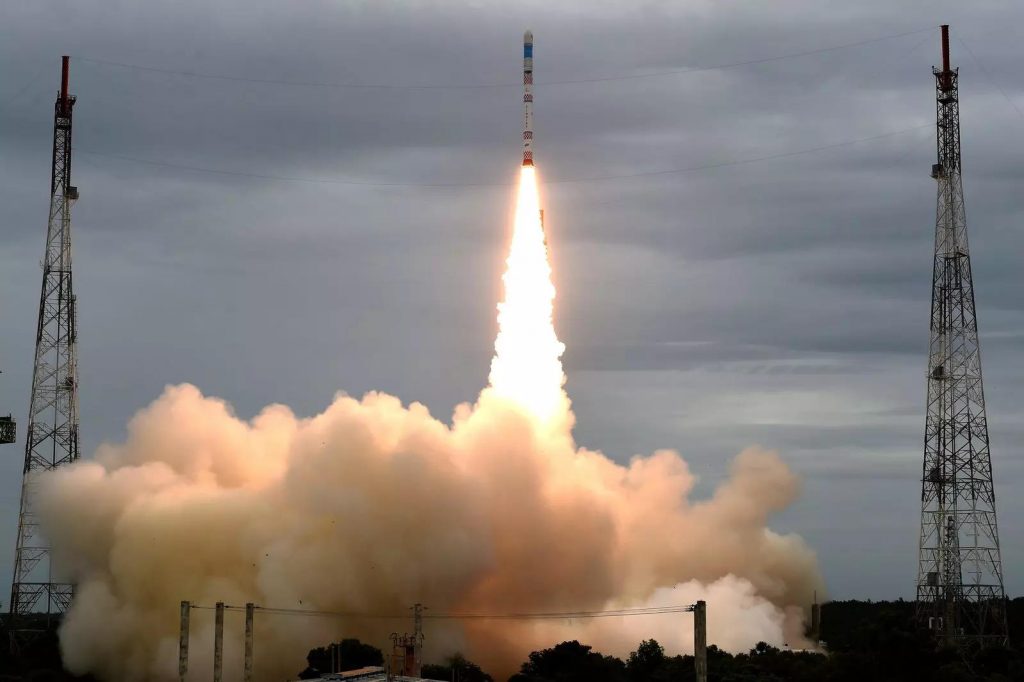With the modifications, the satellite launch vehicle will carry Isro’s EOS-07, AzaadiSat2, and Janus-1 into a 450-km circular orbit later this month.
The second development flight of Isro’s new Small Satellite Launch Vehicle (SSLV-D2) is scheduled for February 10, and a failure analysis report on why satellites were not injected into desired orbits during the August launch suggests that it was due to vibrations picked up by the on-board accelerometers, which led the systems to believe they were faulty.

The satellite launch vehicle, with some structural and internal logic changes, will carry the Indian Space Research Organisation’s (Isro) own earth observation satellite EOS-07, AzaadiSat2 and Janus-1, weighing 334 kg, into a 450-km circular orbit later this month.
The satellites on-board SSLV-D1 were placed in a highly elliptical orbit during the August launch due to a shortfall in velocity, with orbits decaying soon after, making the satellites unusable. This happened despite the first three solid stages working as they should.
The second development flight of Isro’s new Small Satellite Launch Vehicle (SSLV-D2) is scheduled for February 10, and a failure analysis report on why satellites were not injected into desired orbits during the August launch suggests that it was due to vibrations picked up by the on-board accelerometers, which led the systems to believe they were faulty.
Isro’s new Small Satellite Launch Vehicle :
The satellite launch vehicle, with some structural and internal logic changes. It will carry the Indian Space Research Organisation’s (Isro) own earth observation satellite EOS-07, AzaadiSat2 and Janus-1. Weighing 334 kg, into a 450-km circular orbit later this month.
Because accurate readings are critical, a failure logic monitors sensor readings. And identifies and isolates their readings for a more accurate mission. When they picked up the vibrations during the second stage separation. However, a lot of differences were observed between accelerometer readings during a 2-second window. Leading the failure logic to believe that all six accelerometers were faulty and initiating salvage mission mode.
Although the accelerometers were found to be operational after this transient event. Their data was not used for the remainder of the mission. Because the accelerometer readings were not used, the mission switched to time-based guidance with no feedback on the vehicle’s velocity. Furthermore, the third solid stage activated as planned, but the final liquid propellant-based velocity trimming module (VTM) did not.

This was because it was programmed to not do so for salvage missions as. It could be a deterrent to the success of the mission in such cases. Because of the shortage of about 56 m/s at the end of SS3 burn out. In final velocity and loss in pointing accuracy due to sensor errors. The targeted orbit could not be achieved. “This indicates that execution of salvage option in all situations need not always lead to successful placement of satellites in an orbit”.

